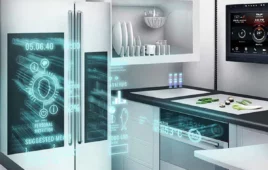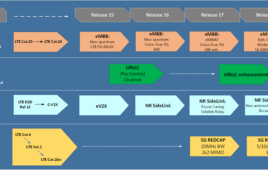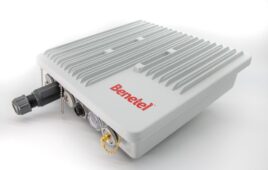First we had big bulky buttons. Then we flat buttons, a single home button, and in many cases now no buttons at all. When touchscreens were introduced, they felt revolutionary and even futuristic. But as device evolution continues, it seems we may move away from touch as a medium for interaction altogether.
Gartner recently predicted the continuing the steady march of technology over the next few years will take us in a new direction, moving increasingly away from touch as the main mode of interaction with our devices in favor of “more intuitive” exchanges. In particular, Gartner pointed to the rise of virtual personal assistants (VPAs) – like Apple’s Siri and Google Now (and likely soon Google Assistant) – as the up and coming medium for more and more complex user interactions.
“VPAs’ usage is bound to accelerate as they add many new features, including integration for business services, further language support, and appear across more devices,” Gartner Research Director Jessica Ekholm noted.
One of Gartner’s recent surveys from the fourth quarter indicated 42 percent of U.S. respondents and 32 percent of U.K. respondents reported using VPAs on their smartphones in the past three months. More than a third (37 percent) of respondents across both countries said they used their virtual assistant at least one or more times each day.
According to Gartner’s forecast, around 20 percent of all user interactions with smartphones will occur through VPAs by 2019. And by 2020, the firm predicted around 7 billion personal devices – including 1.3 billion wearables and 5.7 billion other consumer Internet of Things devices – will be designed to function will little or no touch at all. Gartner specified zero-touch user interfaces will be available on around 2 billion of that total.
“We expect AI, machine learning and VPAs to be one of the major strategic battlegrounds from 2017 onwards, and make many mobile apps fade and become subservants of VPAs,” Annette Zimmermann, Gartner research director, observed. “Interactions will move away from touchscreens and will increasingly make use of voice, ambient technology, biometrics, movement, and gestures.”
Zimmerman explained that in a world without touch, it will be important for apps to use contextual information to boost their utility, which also means cross-industry partnerships will also be key.
“A voice-driven system’s usability increases dramatically according to how much it knows about the user’s surrounding environment,” Zimmerman said. “This is where device vendors’ assets or partnerships in VPAs, natural language processing (NLP), and deep machine learning experts will matter.”
Gartner’s forecast is consistent with reports about increasing interest in voice-controlled systems from across the technology industry.
As recently reported by our sister site, CED Magazine, a slew of recent reports have recorded the rising popularity of voice control features in the smart home, including on smartphones, set-top boxes, and other connected devices.
Parks Associates released findings in October estimating that 46 percent of U.S. Millennials with smartphones use voice recognition software, while a separate report from TiVO indicated 43 percent of Millennials surveyed were using voice commands with some form of device every day.
According to market data from ABI Research, voice-controlled smart home devices will account for nearly 30 percent of smart home spending by 2021.




